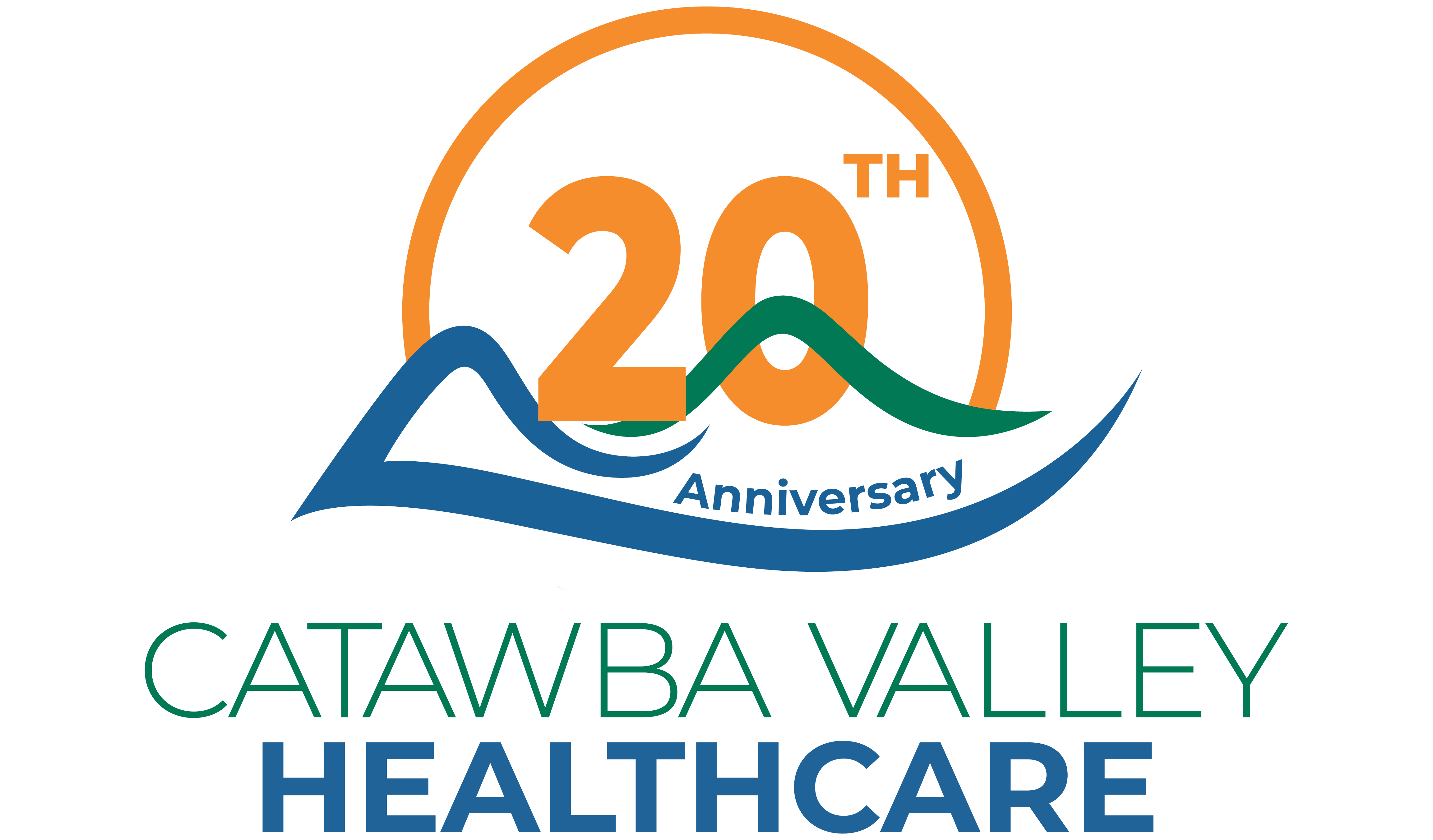Pulse Oximetry
Pulse Oximetry
Pulse oximetry is a test that measures the oxygen level (oxygen saturation) of your red blood cells, an indication of how well oxygen is sent to the various parts of your body furthest from your heart, such as your limbs.
A pulse oximetry reading is routinely done at all Catawba Valley Primary Care appointments to evaluate your oxygen levels.
A normal pulse reading usually ranges between 95 to 100 percent. Value readings under 90 percent are considered low and may indicate the need for supplemental oxygen.
If you have ongoing symptoms of shortness of breath or a known heart or lung condition, your health care provider may recommend the ongoing use of a pulse oximeter (also known as a Pulse Ox) to keep watch of your oxygen levels. Your provider will advise you as to when you should seek immediate medical help based on your particular readings and symptoms.

Your provider will typically prescribe an FDA-approved pulse device for your home use like the one used in our clinic. A pulse oximeter is a small device that is usually placed on a fingertip, often the middle finger. It uses light beams to estimate the oxygen saturation level (SpO2) and pulse rate (PR). Follow your provider’s recommendations about when and how often to check your oxygen levels, and when to call the clinic with your readings.
Should you have any alarming signs of sudden low oxygen levels, you should contact a medical provider immediately.
Alarming signs of low oxygen levels include:
- Chest pain or tightness
- Shortness of breath, difficulty breathing, or coughing that gets worse
- Bluish coloring in the face, lips, or nails
- Unusual restlessness or discomfort
Depending on the severity of your symptom(s) and whether or not you are having them for the first time, you may need immediate medical attention at an emergency room or an acute, same-day appointment with your provider.
